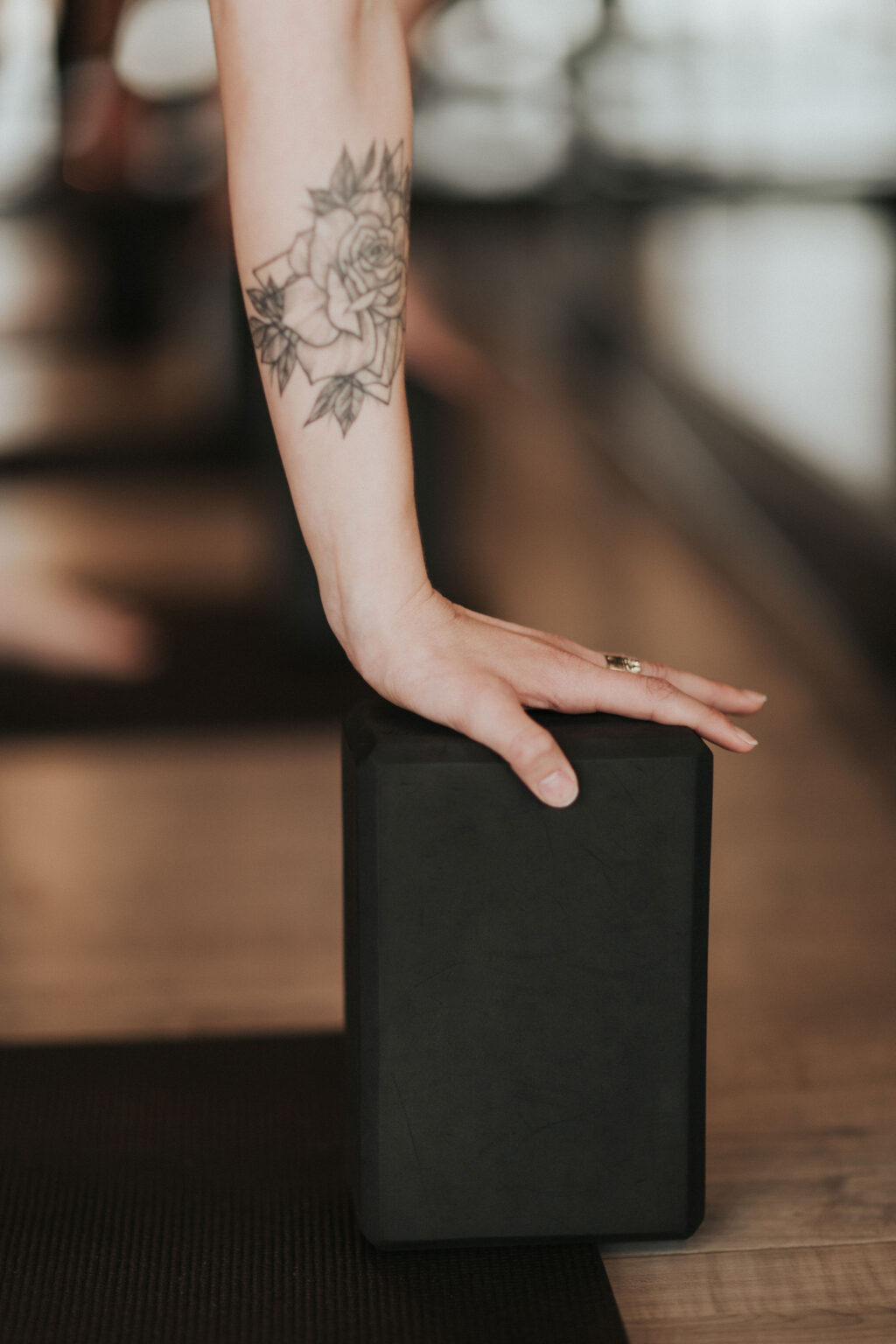

Incorporating yoga blocks into your practice can be a game-changer, making postures more accessible and enhancing your overall yoga experience. Whether you’re looking for additional support or seeking something new in your practice, yoga blocks are a valuable addition to your toolkit.
Benefits of yoga blocks:
The use of blocks in your practice may ebb and flow based on your season of life – recovering from an injury, pregnancy, etc. Through my own pregnancies and injuries, I discovered how useful blocks can be, now they are an essential component in my practice. Here are 10 ideas for utilizing blocks in your practice. Try them on and let us know what you think! Remember there are many more ways to incorporate blocks. Don’t be afraid to get creative, try things on, and ask your instructor for guidance.
Explore these block variations and discover how they can enhance your yoga practice. What are your favorite ways to utilize blocks in your practice? Drop a comment below!
2025 Power Life, All Rights Reserved.
Built with 🤍 by Blink
2025 Power Life, All Rights Reserved.
Built with 🤍 by Blink Wellness
Parking available in the Scheels Parking Lot.
"*" indicates required fields
Kirk was working 80-hour weeks and wearing his shoulders as earrings when he found yoga in 2005. Forever the competitive athlete, he loved the physicality of yoga. When the spiritual and philosophical side of yoga were exposed to him, Kirk was hooked. Yoga provided him with what other activities couldn’t -- the ability to foster the benefits of practice both on and off of the mat. Yoga was something that Kirk could bring into all aspects of his life.
Kirk knows that yoga can be intimidating, so he crafts a class that is playful and inviting, while still being challenging and safe. His creatively planned classes build strength and flexibility in your body and mind while establishing clarity, giving you more confidence to overcome obstacles in your life, and keeping you injury-free. His classes are themed with a message that is relatable and will inspire you to take it with you off your mat. Kirk has been teaching yoga since 2008 and lead his first teacher training in 2012. Where Kirk truly shines is in coaching, developing and bringing out the best in others.
Kirk enjoys traveling (40+ countries to date!), snowboarding, and cherishes time with his wife and two daughters.
Christen Bakken’s yoga journey began in 1998 in a Bikram studio that provided a safe and secure place to practice. She saw the yoga mat as a place to remember her purpose and a place to play. As she continued her studies and began her journey to teaching in 2006, Christen infused yoga classes with devotion and the yoga mat became a place of personal transformation and healing. Her classes are filled with laughter, song, sweat, and usually heart openers. In 2013, Christen began training yoga teachers. This is the place where she finds the most joy - in community with folks looking to grow and be of greater service in their homes, on their mats, and in the world. Over the years, she has led trainings in Denver, the Midwest, Florida, and now abroad. She has trained in continuing education modules, 200-hour, 300-hour, and 500-hour programs. Beyond the mat, Christen is a passionate adventure seeker - she loves to bike, snowboard, and spend time with her husband and pups. She sees each day as a blessing and hopes to remind all who interact with her of this truth.
We validate parking for THREE garages in the area!
Two Light garage located directly north of the studio. Please bring your ticket inside for validation.
Three Light garage at Main and Truman. Garage entrance on Truman. Please bring your ticket inside for a validation sticker.
Power & Light garage at 13th and Grand. Please ask for a parking pass at the studio front desk. (Hot tip: the Power & Light garage has a ton of space! But be sure to give yourself a little extra time to walk to the studio.)
If you find that you are running a couple minutes late due to parking, please call the studio to let the instructor know to wait for you before locking the doors.
There is a garage on 38th and Harney which offers 2 hours FREE parking. Lot full? We have also partnered with our friends at Greenslate to provide 1 hour and 15 minute validated parking for Power Life students in the lot at 36th and Harney (just south of the Cottonwood Hotel). Read below to learn how to take advantage of this perk:
***Please do NOT park at Crescent Moon − you will be towed!***
There is a paved lot and gravel lot on the West side of the building.
Meters on Court and 4th (by Peace Tree) for $0.25/hour, 9am-9pm Mon. – Sat. 12-hour max*
Meters on 4th (to the North) for $1.25/hour. Mon – Sat. 4-hour max.
All meters are free on Sundays and major holidays.
*Starting July 8, 4th Street will temporarily become a one-way. Students will only be able to enter our parking lot from the North via Court Ave. and exit it going south. Thank you for understanding!